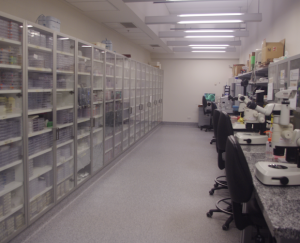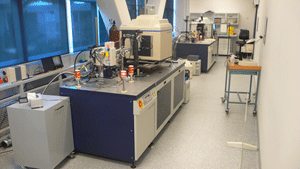Our Research
The laboratory is currently investigating two broad, yet interrelated areas addressing pivotal molecular interactions in immunity: Our program is inter-linked to create a complete systematic study, namely host recognition, responses developed by the pathogen, and drug design to modulate and/or counteract these events.
Immunity
Here we aim to provide a fundamental advancement of knowledge of events that are central to innate and adaptive immunity. Understanding the structural and biophysical basis of MHC-restriction, TCR engagement, the structural correlates of T-cell signalling is significant; they represent central questions in the field of adaptive immunity. Moreover, investigating the structural basis of T-cell allorecognition, and T-cell mediated autoimmunity, will collectively provide clear insights into immune dysfunction. In addition, focussing on generic components of innate immunity is important, as the mechanisms underlying innate recognition, is simply unknown.



 or. Crystals are routinely flash frozen (to a temperature of 100K) prior to data collection using the inverse phi geometry with an Oxford cryosystem
or. Crystals are routinely flash frozen (to a temperature of 100K) prior to data collection using the inverse phi geometry with an Oxford cryosystem

